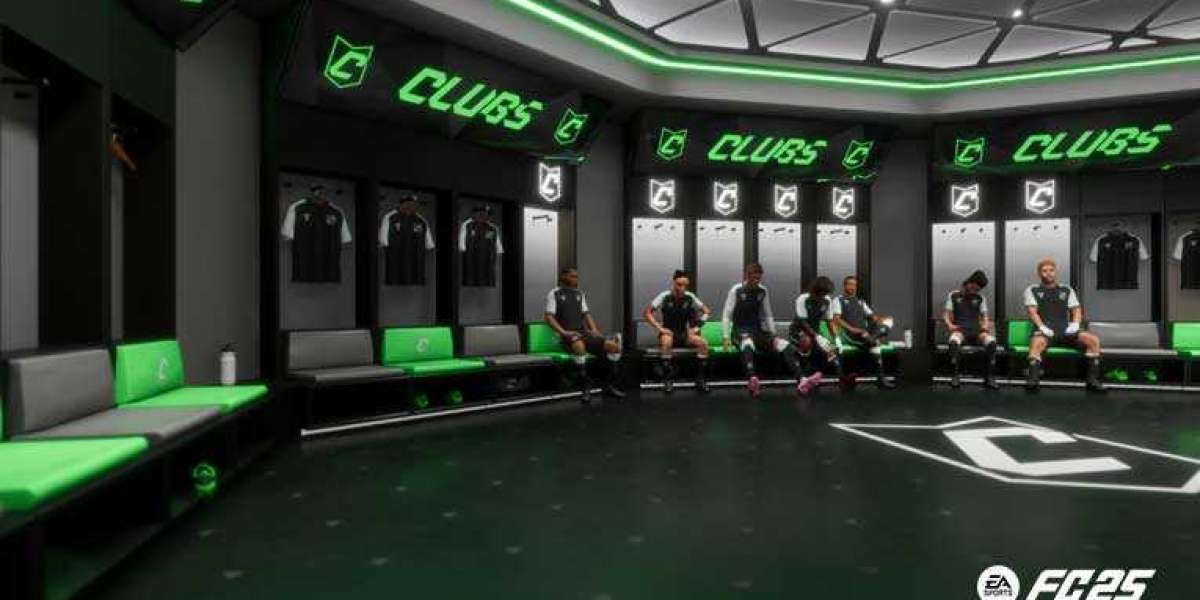Laser cutting has become an essential technology in various industries, offering precision and versatility for a range of applications. However, when it comes to utilizing laser cutting services, understanding the cost structure can be quite complex. This answer will delve into the various factors that determine the cost of laser cutting, ensuring clarity for businesses and individuals considering this technology.
1. Material Type and Thickness
The type of material being cut is one of the most significant factors affecting laser cutting cost. Common materials include metals (such as steel, aluminum, and copper), plastics, wood, and composites. Each material has different properties, which can influence both the cutting process and the overall cost.
Material Thickness: Thicker materials typically require more powerful lasers and longer cutting times, which can significantly increase costs. For instance, cutting through a 1-inch thick steel plate will cost more than cutting a 1/16-inch thick sheet of the same material due to the increased energy and time required.
Material Type: Different materials also have varying costs per square foot. Metals, for example, are generally more expensive than plastics or wood. Moreover, specialized materials like titanium may come with additional costs due to their unique properties and the specific laser cutting techniques required.
2. Laser Power and Technology
The power of the laser used in the cutting process plays a crucial role in determining costs. Higher-powered lasers can cut through thicker materials more quickly and efficiently, but they come with a higher operational cost.
Type of Laser: There are various types of lasers used in cutting applications, such as CO2 lasers, fiber lasers, and Nd
lasers. Each has its own operational costs and efficiencies, impacting the overall cost of the cutting process.
Power Level: Typically measured in watts, higher wattage lasers can cut through thicker materials faster. However, the increased energy consumption directly affects the pricing structure.
3. Complexity of the Design
The intricacy of the design being cut is another essential factor in determining laser cutting cost. Complex designs that require detailed cuts or intricate patterns will generally take longer to produce, thus increasing costs.
Cutting Time: More complex designs often require longer cutting times due to the need for precision and potentially more intricate paths for the laser to follow. Increased time translates to higher costs.
Setup Time: Designing and programming the laser cutter for complex geometries can also add to the overall cost. The more intricate the design, the more time it takes to set up the machine for cutting.
4. Production Volume
The volume of parts being cut significantly affects the cost per unit.
Batch Size: Larger production runs typically reduce the cost per unit because the setup time and material waste can be amortized over more pieces. Conversely, smaller runs can result in higher costs per piece due to increased setup time relative to the cutting time.
Custom vs. Standard Parts: Custom designs may require additional engineering time and setup, leading to higher costs compared to cutting standard designs that the manufacturer may already have optimized processes for.
5. Post-Processing Needs
After the laser cutting process, some parts may require additional post-processing, which can also influence the overall cost.
Deburring and Finishing: Depending on the application, laser-cut parts might need deburring, polishing, or other finishing processes to achieve the desired surface quality. This additional labor and time must be factored into the total cost.
Assembly and Fabrication: If the laser-cut parts are part of a larger assembly, any additional fabrication or assembly work will also increase the overall costs.
6. Location and Service Provider
The geographical location of the laser cutting service and the provider’s specific pricing strategies can also influence costs.
Market Rates: Laser cutting prices can vary significantly based on regional market rates, with costs generally higher in areas with a higher cost of living or where specialized services are in demand.
Provider Expertise: Established providers with advanced technology may charge a premium for their services compared to smaller, less experienced companies. However, this can also translate to higher quality and reliability.
7. Material Waste and Efficiency
The efficiency of the laser cutting process can impact the overall costs. Efficient cutting minimizes material waste, which can help keep costs down.
Nesting Strategies: Effective nesting of parts on the material can maximize usage and minimize waste. Poor nesting can lead to increased costs due to wasted material.
Quality of Cut: The precision of the cut affects the material usage. A clean, precise cut may require less finishing, thus saving costs. On the other hand, if a poor cut leads to scrap, it can significantly inflate the overall price.
8. Turnaround Time and Urgency
The urgency of the job can also affect costs.
Rush Orders: If a project is time-sensitive and requires expedited service, most providers will charge a premium for quicker turnaround times.
Scheduling and Queue: The scheduling of the job in relation to other orders can also impact pricing, particularly in busy shops. Higher demand may lead to increased prices due to the need to prioritize certain jobs.
9. Contract Terms and Minimum Orders
Many laser cutting service providers have specific contract terms that can affect pricing.
Minimum Order Quantities: Some providers may have minimum order quantities, meaning that smaller jobs could result in disproportionately higher costs. Understanding the pricing structure is crucial for budgeting.
Long-Term Contracts: Establishing a long-term relationship with a provider can sometimes lead to discounts or better pricing structures. Regular customers may benefit from loyalty programs or negotiated rates.
Conclusion
In summary, the cost of laser cutting is influenced by a variety of factors, including material type and thickness, laser power, design complexity, production volume, post-processing needs, location, material efficiency, turnaround time, and contract terms. Each of these elements plays a crucial role in the overall pricing structure of laser cutting services.
For businesses and individuals looking to utilize laser cutting, it’s essential to understand these factors in order to obtain accurate quotes and make informed decisions. By considering the specific requirements of a project and discussing them with potential service providers, it is possible to achieve the desired balance between quality, cost, and efficiency in the laser cutting process.







